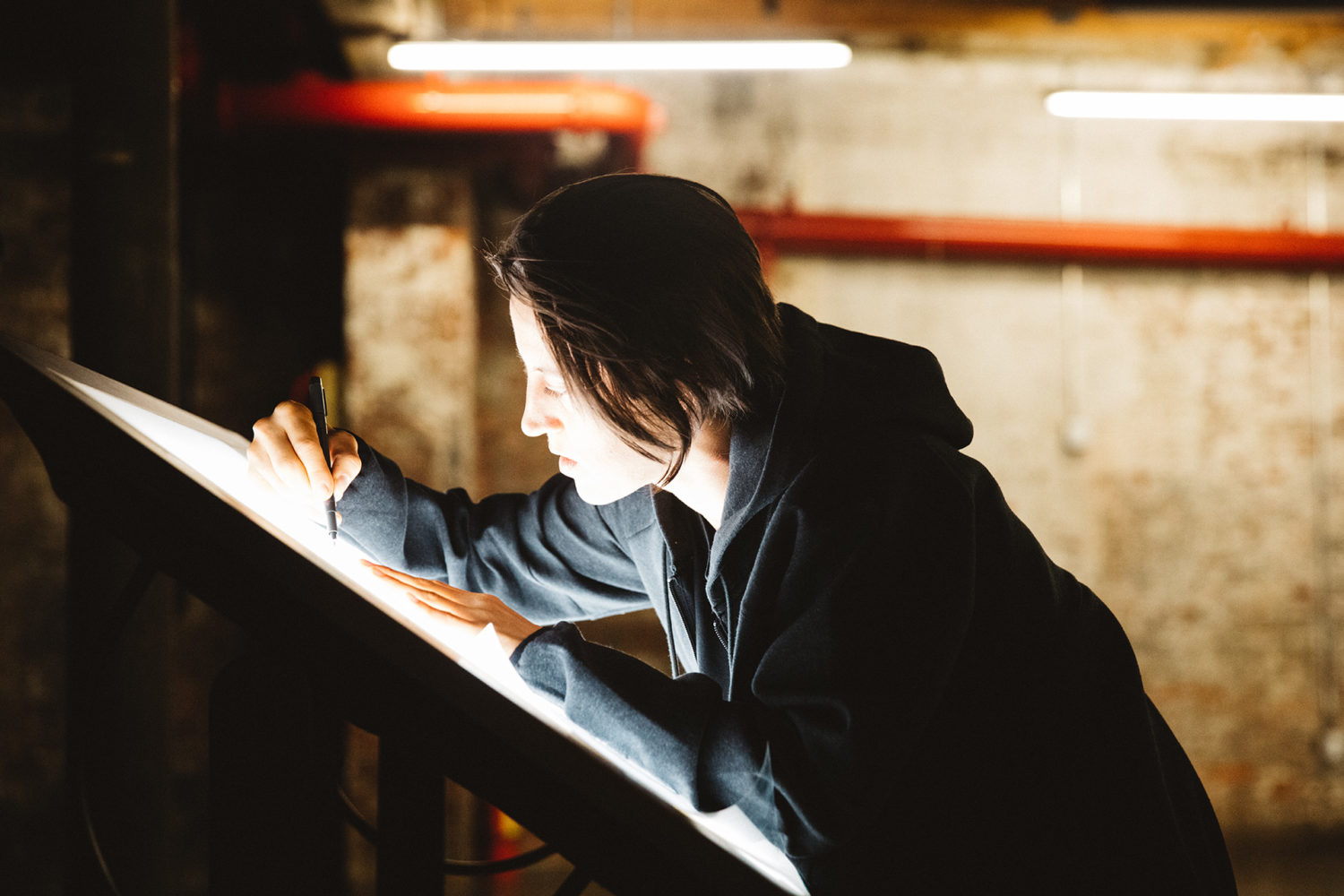Alexis Sablone Earns Three X Games Gold Medals and An Architecture Degree from MIT
Alexis Sablone, a recent graduate from MIT’s M.S. Arch.S. Program and architecture undergrad from Columbia University shares a letter to her 80 year-old self about her path, on and off the skateboard.
Written in January 2017, Alex addresses her future self and tells the tale of her love of skating, since she was 10, when she finally got a skateboard for her birthday. After years of hard work learning to ollie, flip and grind, she went to Camp Woodward, a gymnastic skating camp in Pennsylvania where she (after many dropouts of other girls) became the final female skater at the camp. At age 12, she was sponsored by Element! but swiftly found out that competitions were not her favorite thing.
She writes to herself…
AS: “It wasn’t all rosy, though. I’ll bet you still cringe at the memory of Element flying you out to California for a competition when you were 13. You were so nervous that your legs were practically shaking on the board. That’s probably why you botched your first trick and sprained your ankle. God, that was traumatic. Right then and there, you swore you’d never do another competition.”
and
AS: “You weren’t ready for that, not yet. You wanted to skate on your own terms, back in your garage. You didn’t want the pressure of getting money and free gear and having the sponsors expecting something in return.
So you left them. Just like that. You moved to New York City to attend Columbia University, and left all your sponsors behind.
You studied architecture at Columbia. You worked your ass off, barely slept, and loved every single second of it. Of course you still skated, but you were just doing it for you, without the weight of expectations. A fresh start.”

And in 2008, when she graduated, she was presented with a crossroads—to skate professionally or work at a random desk job—which led her to win three X Games Gold Medals. With the winnings, she put herself through graduate school at MIT where she graduated with a Master of Architecture.

In her sign off, she urges her future self to “never stop creating.” Which we now extend to you!
#architecturestories #studyarchitecture
Thank you, Alexis Sablone for sharing your story and allowing us in to hear it. What an inspiration!
Excerpts pulled from the article published in The Players’ Tribune Letter to my Future Self.
